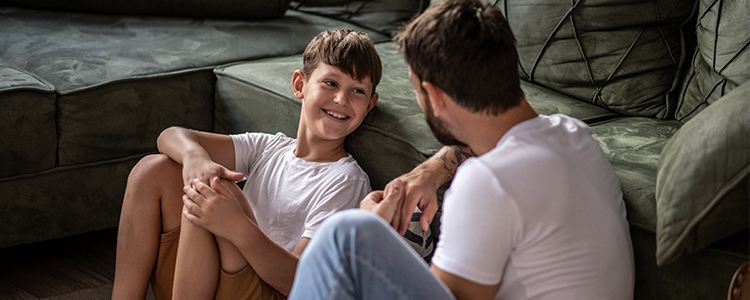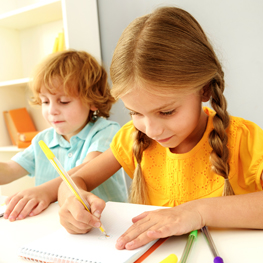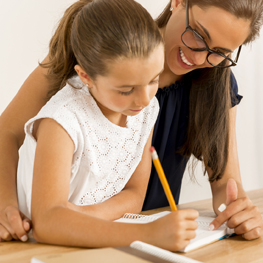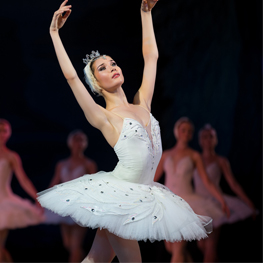



Are you thinking about homeschooling your child? Come join the fastest growing educational alternative in North America. Here are the 10 first steps to begin your homeschooling journey:

Many people think of home schoolers as a generic lot of Luddites who nix technology, lack social skills, grow their own food, live off the grid, and want to be around their kids 24/7. In my estimation, that describes, maybe, 5 per cent of home schoolers. “Hi, my name is Lisa and I’m a recovering home school mom,” I say to my imaginary 12-step support group of parents who survived home schooling their own kids.

So you’ve finally decided to home school, but have no clue where to get started… Just the mere thought of home schooling can be a very daunting task. Delving into the unknown can also create an element of self-doubt that fills your mind right off the bat. That, coupled with an overwhelming task of choosing and gathering curriculum, creating lesson plans, organizing supplies, and (possibly) teaching multiple grade levels can be quite disheartening.

If I have observed one thing after a decade of having a school-age child, it’s that the arts motivate kids to perform better in school. Sure, my daughter comes from an artsy family already. Her mom is a writer, and her dad is a theatre director, but she’s not an extension of us; she is uniquely herself, and her exposure to a wide variety of arts helps her discover her own passions, proclivities and personhood.
Calgary’s Child Magazine © 2024 Calgary’s Child